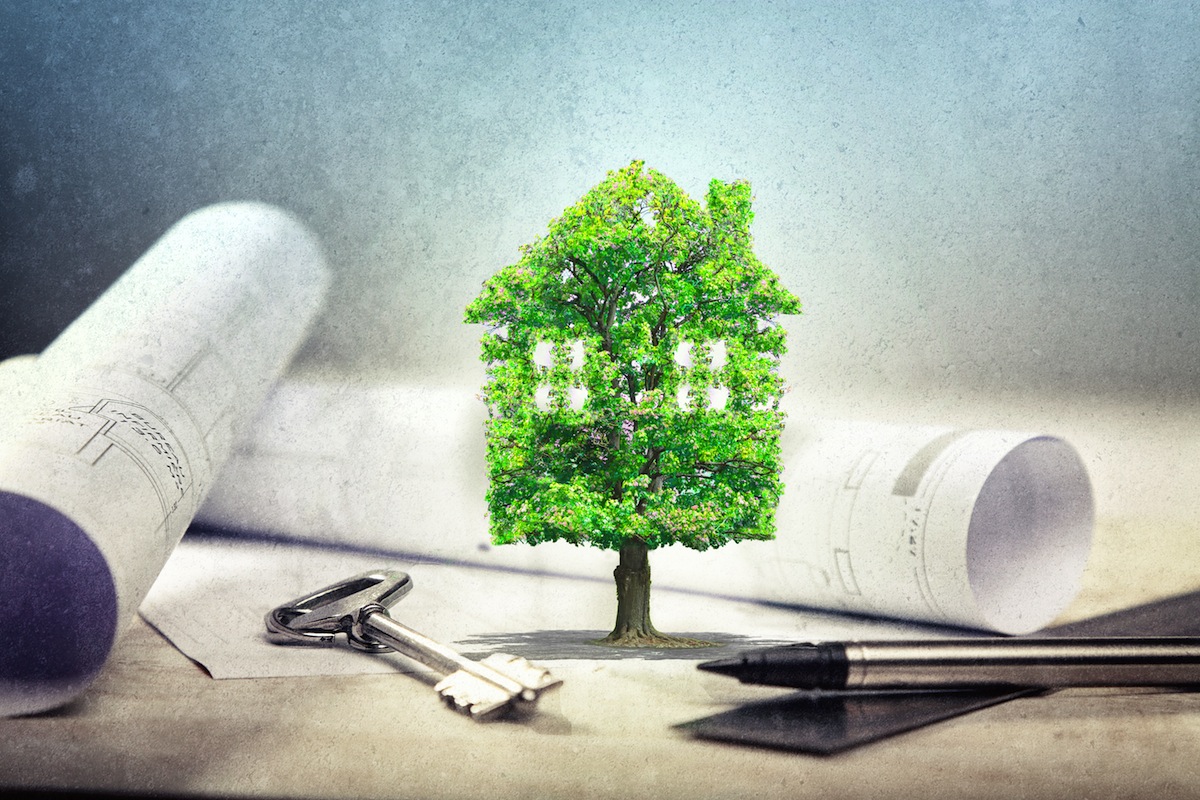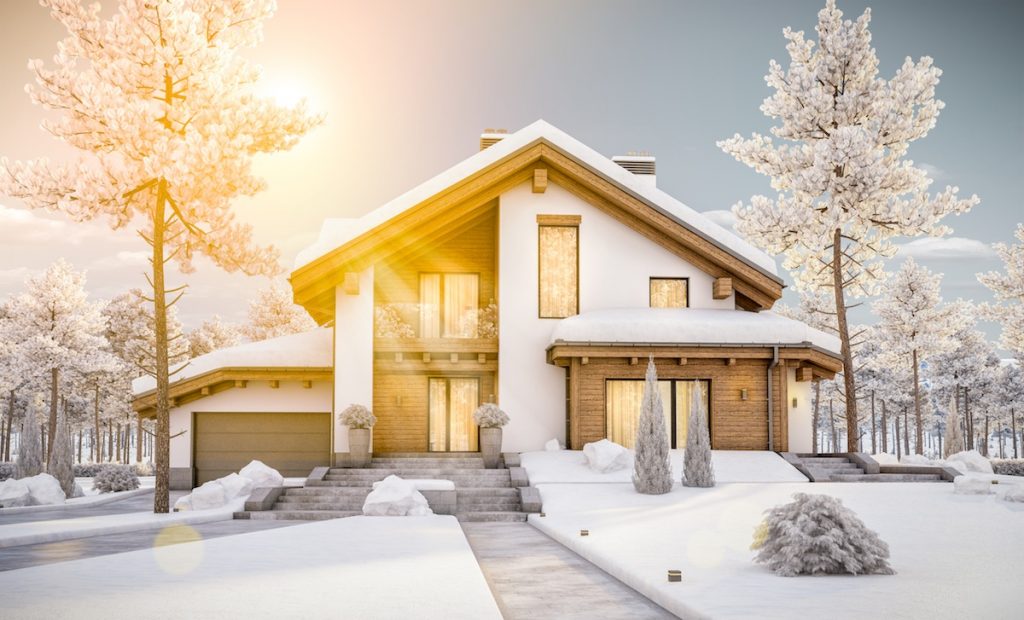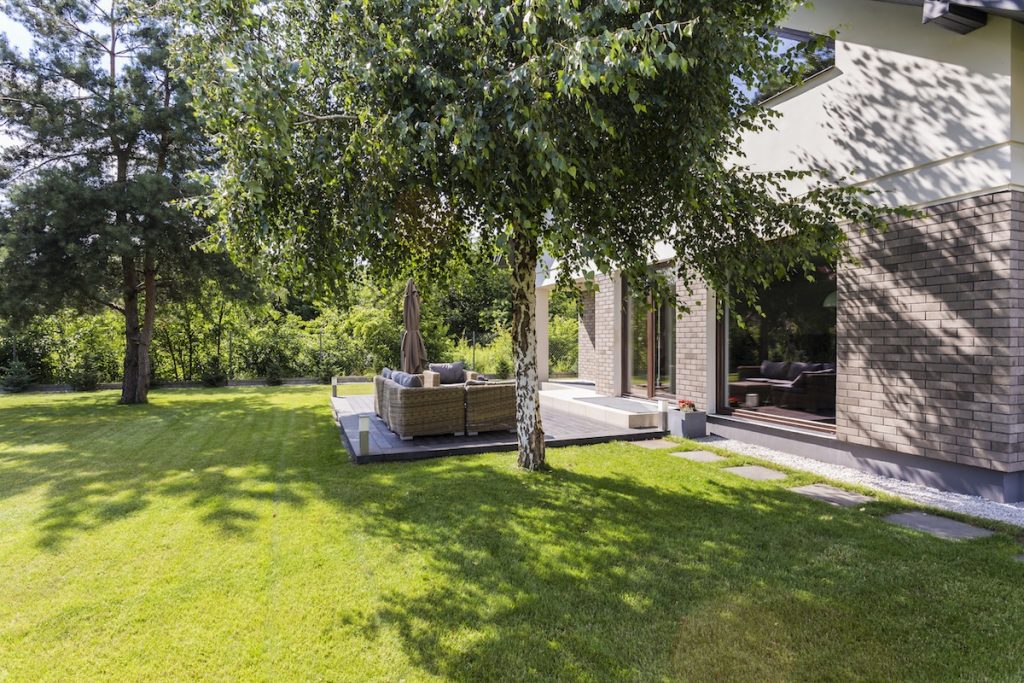Let Nature be your Guide to an Energy Efficient Home

We hear so much about energy efficiency these days. And, at General Shale, we understand that when you set out to build a new home, there are countless decisions to make (mostly about materials and finishes) that might distract you from the less exhilarating fundamentals. We’re taking a break from beautiful home galleries and decorating trends to look at simple design decisions that can impact your energy costs and home comfort on a daily basis. Let’s explore how Nature can influence our home design.
Natural Brick has Greater Thermal Mass
Brick walls have a much higher thermal mass than lightweight materials like fibre cement or vinyl. In simple terms, walls with higher thermal mass provide better insulation – which helps keep heat in and cold out. In winter, thermal mass absorbs heat from the sun during the day and releases that heat as temperatures fall at night. Similarly, a brick home keeps your home cooler for longer, and let’s you turn down the air conditioning compared to a home with walls that let heat in more easily.
House Orientation to the Sun
You can position your home and design your walls to both capture and control the warming effects of the Sun. For a north-south facing lot, experts recommend that you design the widest sides of your house facing north and south. If you want to capture the maximum light and warmth from the sun, focus your windows on the south side. However, in regions that have prolonged heat, position more windows on the north side to benefit from indirect light. The important thing to remember is that in the Northern Hemisphere, sunlight emanates from the south – so understanding whether you want to maximize or minimize this warming effect (for your climate) is key.

Here is a fantastic article on Building Orientation for Optimum Energy; learn how homes oriented to the path of the Sun require less energy and increase indoor comfort. If you are building a new home, you can consult with an InterNACHI inspector to discuss passive solar techniques!
Use Landscaping for More than Curb Appeal
Nature can provide cost savings, in addition to beautiful landscapes. Strategically placed trees create important (and valuable!) shading; for example, deciduous trees to the south of your home can screen 70-90 percent of the summer sun. According to the Department of Energy, shading is the most cost-effective way to reduce solar heat gain in the home and cut air conditioning costs. Hedges and other vegetation can provide natural windbreaks, which will lower heating costs in cold weather.

And, if you’re lucky enough to have a lot in the country, consider the protection that an adjacent hill or valley provides versus placing your home on a perch that leaves you exposed to the elements.
We highly recommend that you include a landscaping budget in your home design plans. In new subdivisions, it takes young trees at least five years to provide measurable shade. Given the significant energy savings you’ll enjoy, this is an investment that will pay for itself over time. Plus, you’ll improve your curb appeal and resale value at the same time.
A Whole-House Systems Approach to Energy Efficiency
Let’s take a minute to look at how we can optimize our energy efficiency throughout the home, in day-to-day life. Here is a list of home systems and features that you can research during your planning phase. You’ll need to do some legwork on product research, but the energy savings will likely pay off in the end. It may be advantageous to pre-plan any specific plumbing or electrical work too – one trip is always cheaper than a call back.
Don’t forget to check with your municipality or state on rebates that might be offered on energy efficient products or systems.
- Appliances
- Water Saving Fixtures and Water Heating
- Smart Lighting
- Heating Systems and Thermostats
- Solar Panels
A Little Light Reading
It’s a perfect time of year to plan and research. We’re happy to share a few resources with you, while you plan your dream home and wait for the warmer weather to arrive!
An interesting article offering real numbers on the added construction costs of high efficiency homes and the impressive energy savings.
We also wanted to share the Department of Energy Blog for tips you can use on your existing or future home:
Finally, we’ve just launched our new BRICK IDEAS brochure. Happy planning!
